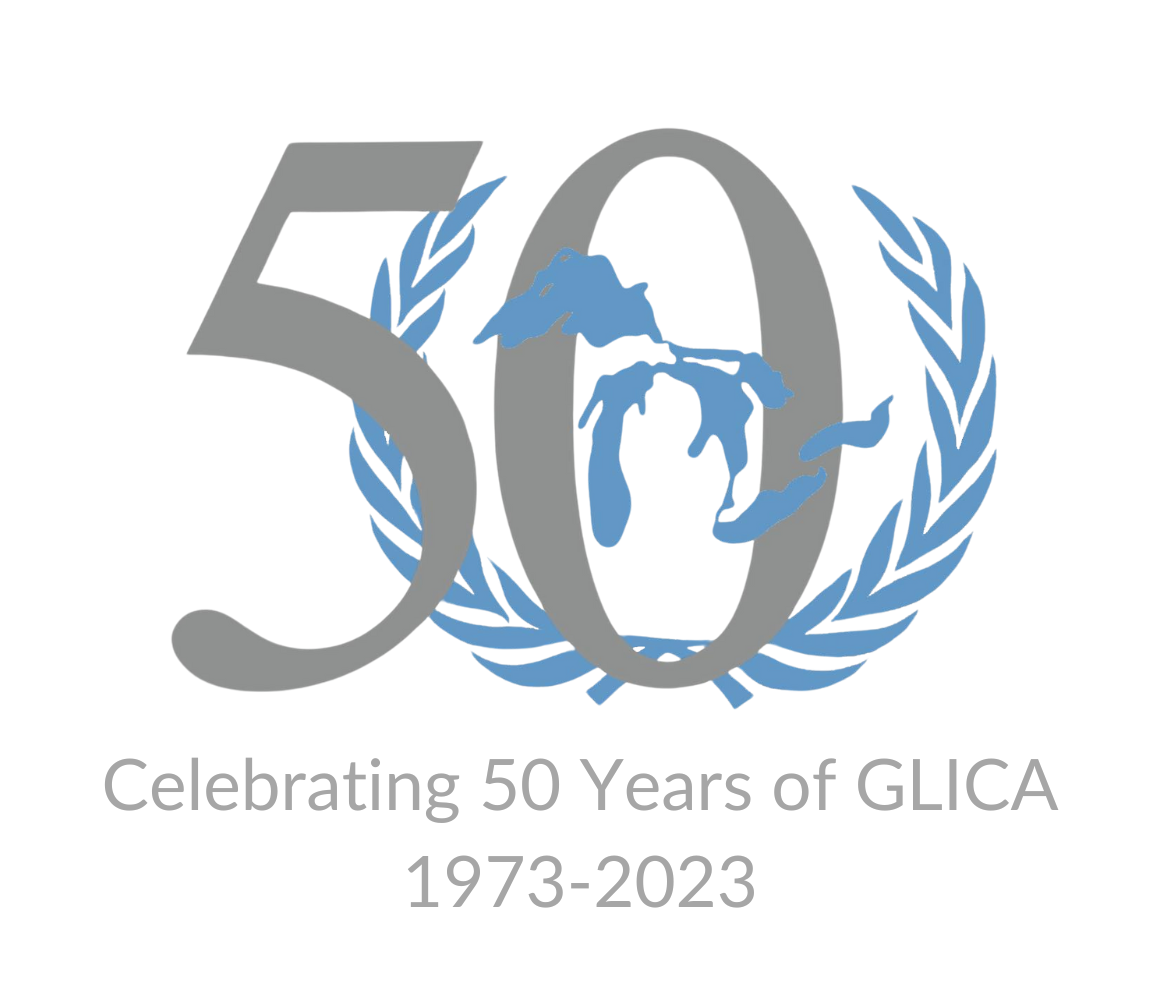Ebola
- Home
- »
- Past Position Papers and...
- »
- GLIMUN 2019 Committees
- »
- Ebola Archive
ECOSOC: World Health Organization (WHO)
Topic: Ebola
Ebola Virus Disease (EVD), also known as Ebola hemorrhagic fever (EHF) or simply Ebola, is a virus that attacks the immune and vascular systems, and can cause death between 6 and 16 days after the onset of symptoms. There are four types of the virus which can affect humans, and the mortality rate ranges from 25% to 90%. Ebola causes flu-like symptoms including fever, followed by vomiting, diarrhea, and blood hemorrhaging. The virus is transmitted by direct contact with bodily fluids or infected surfaces; it is not airborne. The EVD incubation period, the time between infection and the onset of symptoms, is between 2 and 21 days. However someone with the virus cannot spread it until they begin to develop symptoms. Similarly, the likelihood of infection is correlated with the severity of symptoms, meaning that individuals are most infectious at the end of the disease and in death; dead bodies can also transmit the virus.
At present there is no proven drug, cure, or vaccine for Ebola, though scientists are working to develop both a vaccine and more effective treatment methods. Ebola patients are cared for with re-hydration and managing specific symptoms. This reduces a patient’s chance of death, but even with this approach the mortality rate is often nearly 50%. Given the lack of effective treatment options, the Ebola response has largely focused on containment. Contact tracing is the practice of identifying and monitoring anyone who may have had contact with the virus, so that they can be isolated and treated if symptoms emerge. Medical equipment and training are needed in order to care for someone with Ebola without contacting the virus. Burials also must be performed by qualified professionals, while still being consistent with the family’s wishes. Survivors of Ebola need follow up care. The virus may still be present in some bodily fluids, particularly semen, for a year or more after recovery. There is some evidence that Ebola survivors are immune, at least to the strain which they had, though this has not yet been formally proven.
Ebola outbreaks have impacted some places where people tend not to have much trust in authorities. This undermines quarantine and contact tracing efforts; families of infected people have sometimes been reluctant to bring them for treatment, isolation, and safe burial. This has been exacerbated by foreign aid workers not always adhering to local burial customs. Furthermore, an Ebola outbreak and the response to it often cause significant social disruption. For example, hospitals and primary care facilities being used for Ebola response means that routine healthcare services are interrupted. For these reasons, EVD response can be more effective if it works with, and is accountable to, existing community organizations and local leadership.


